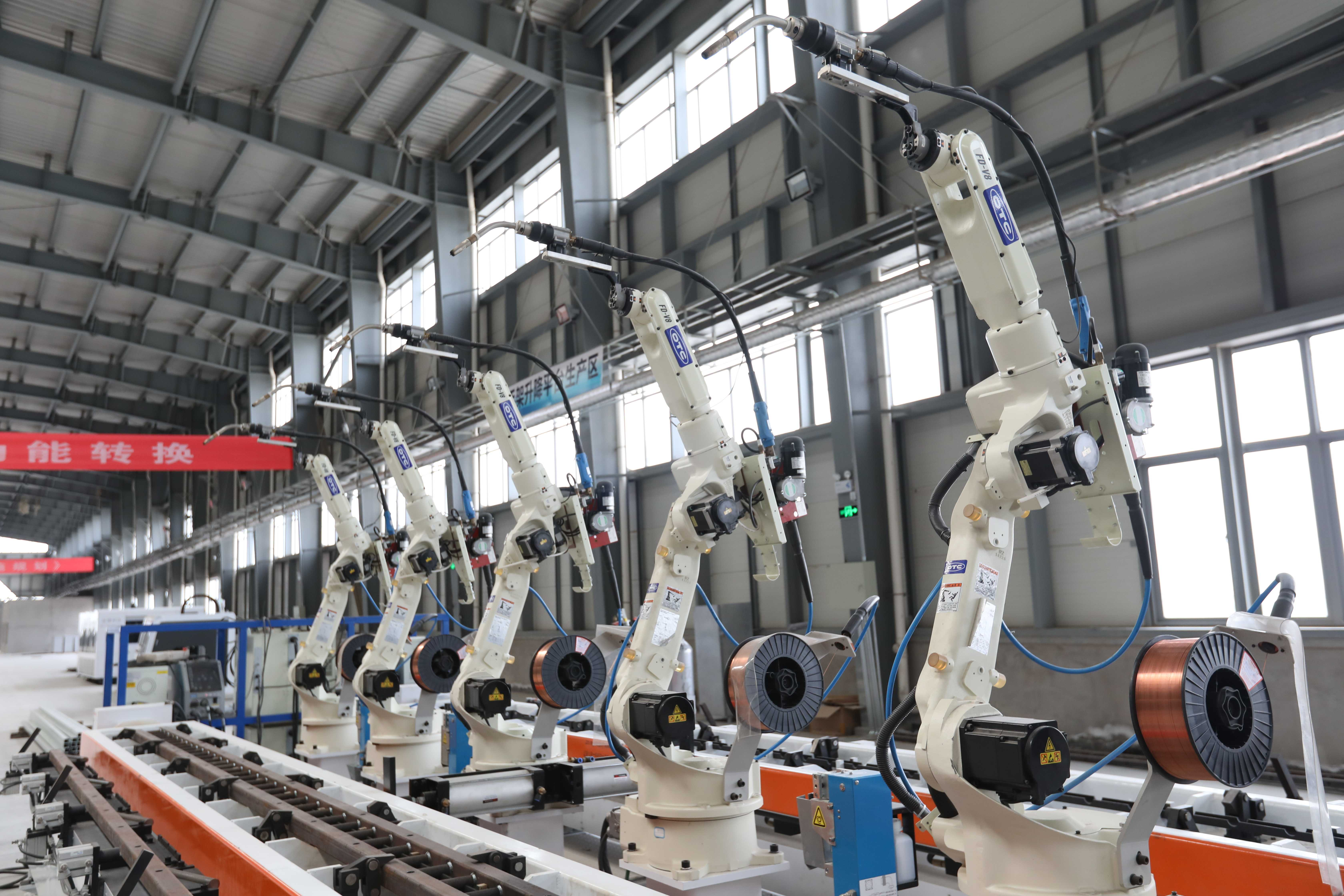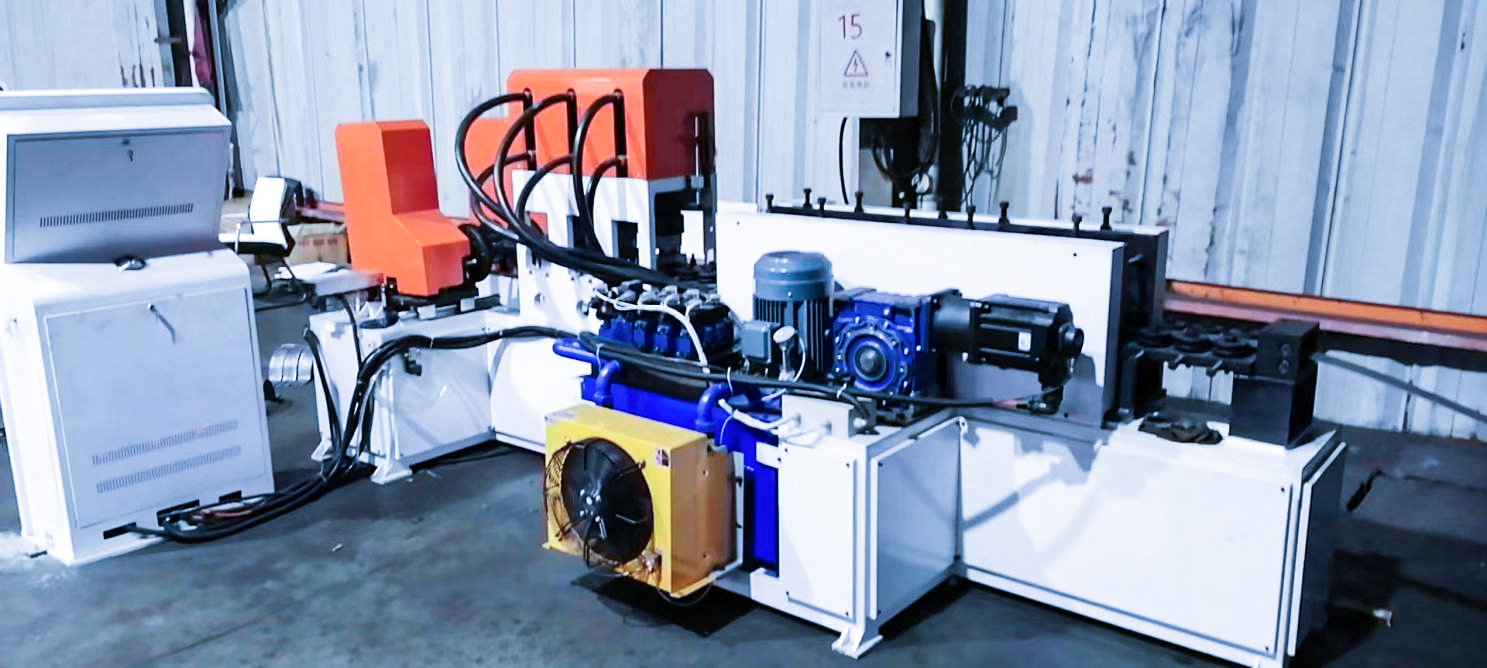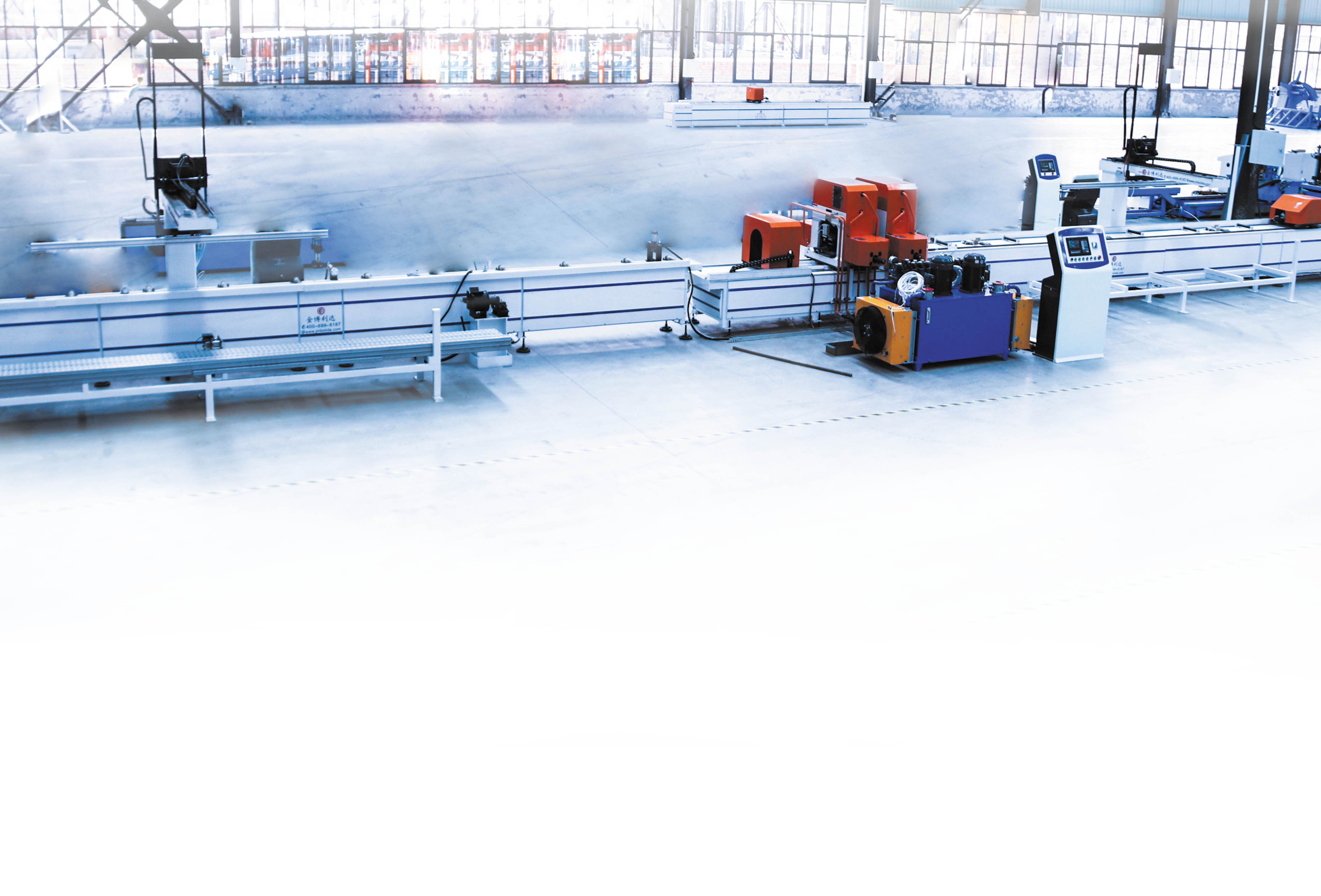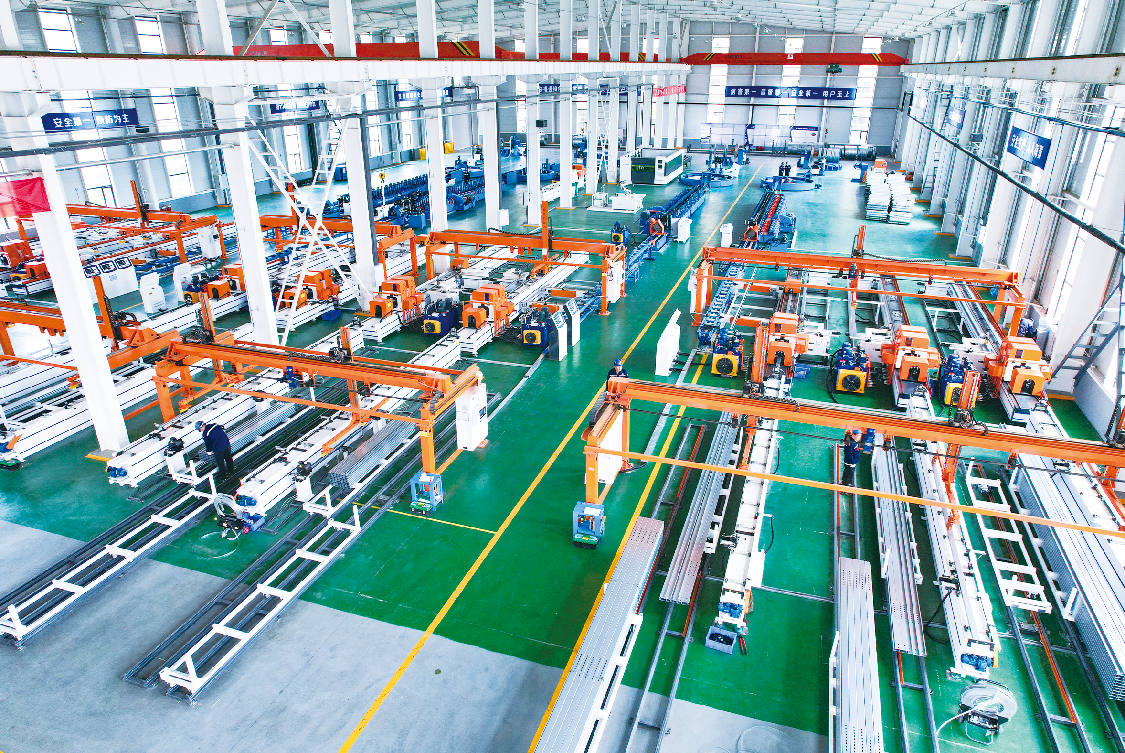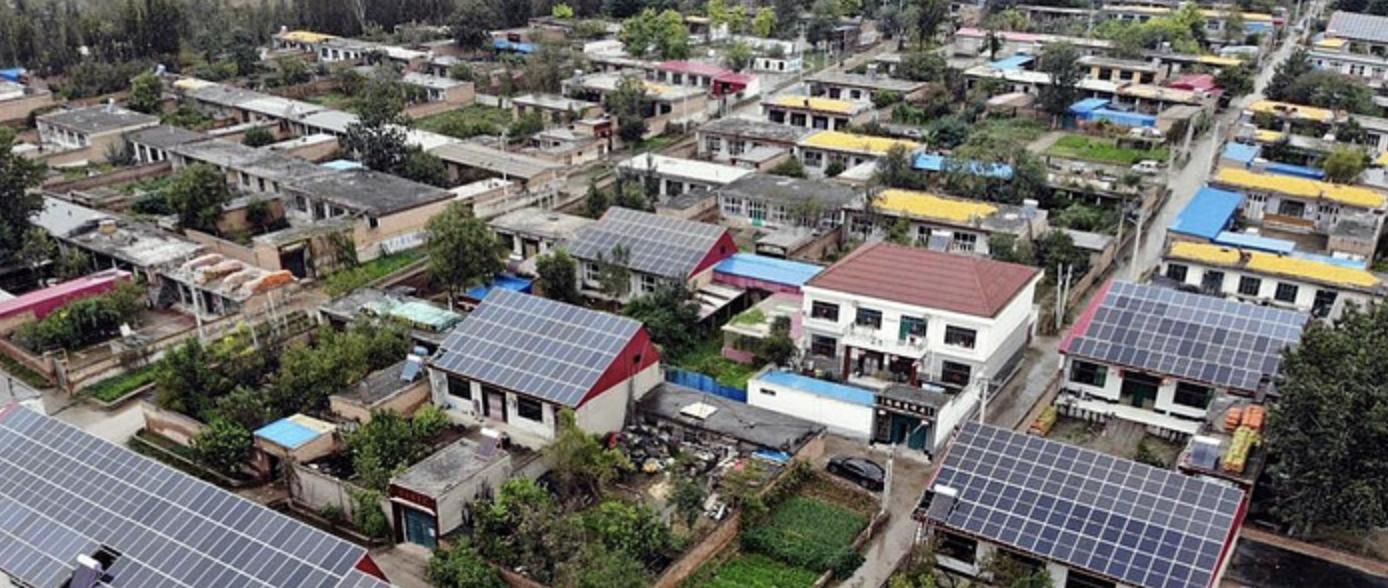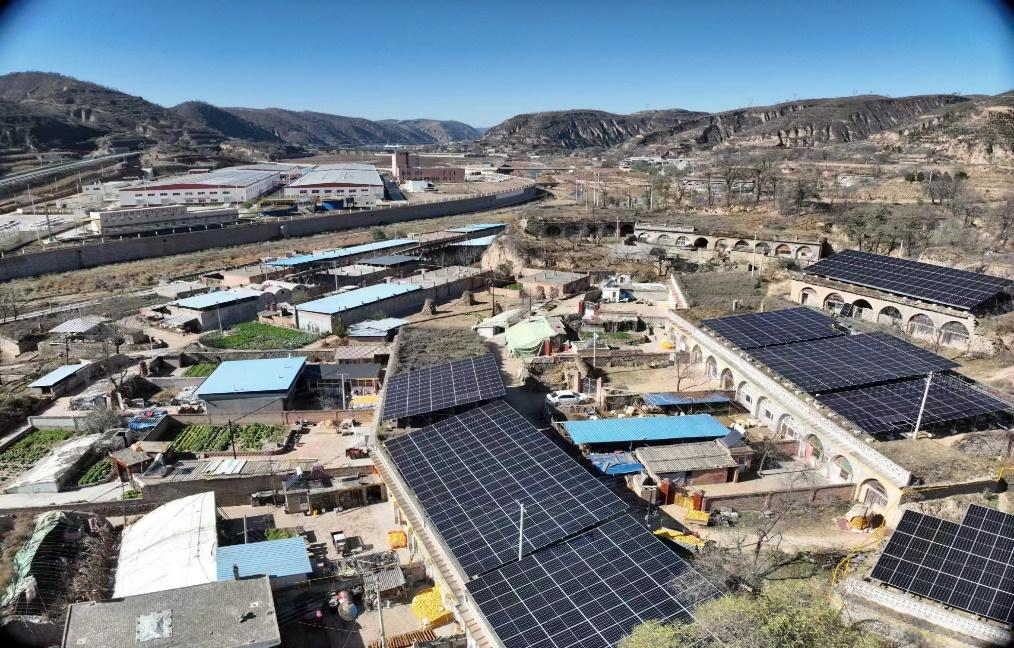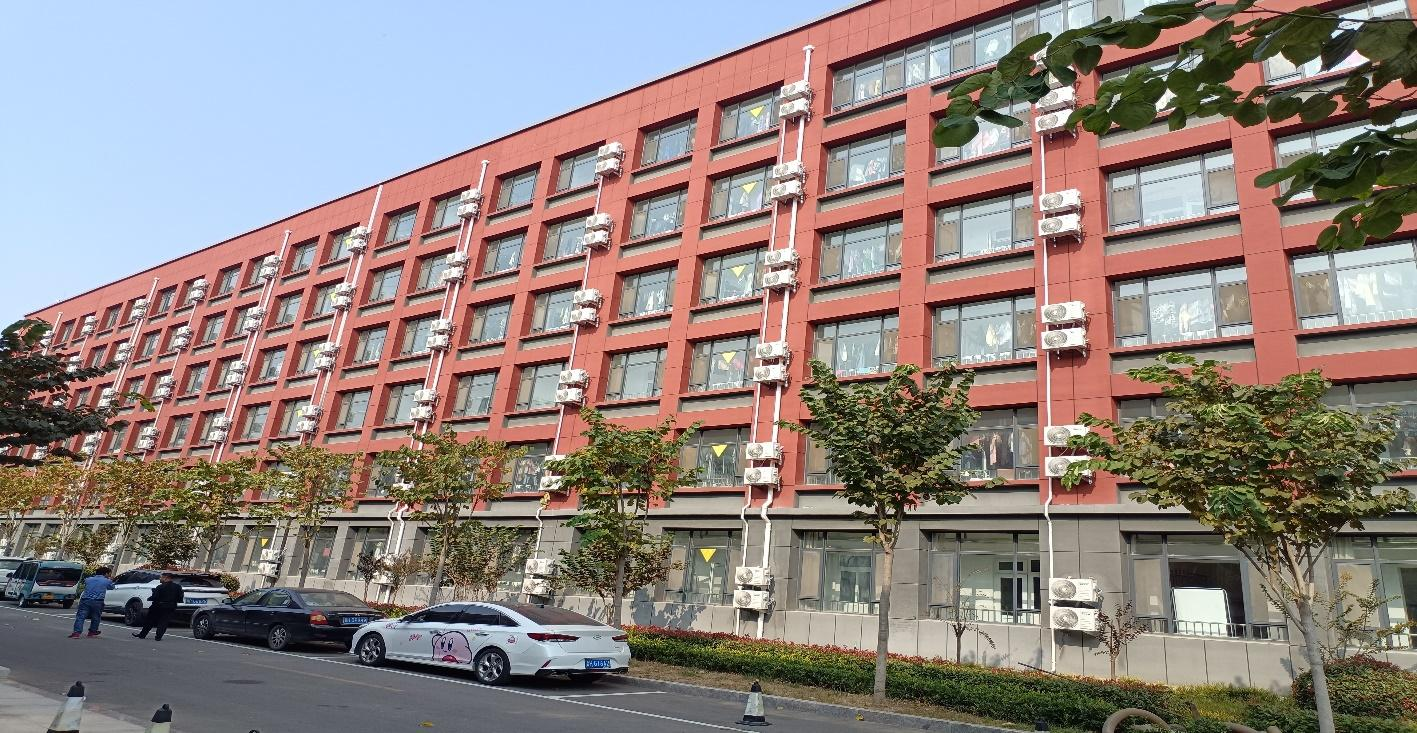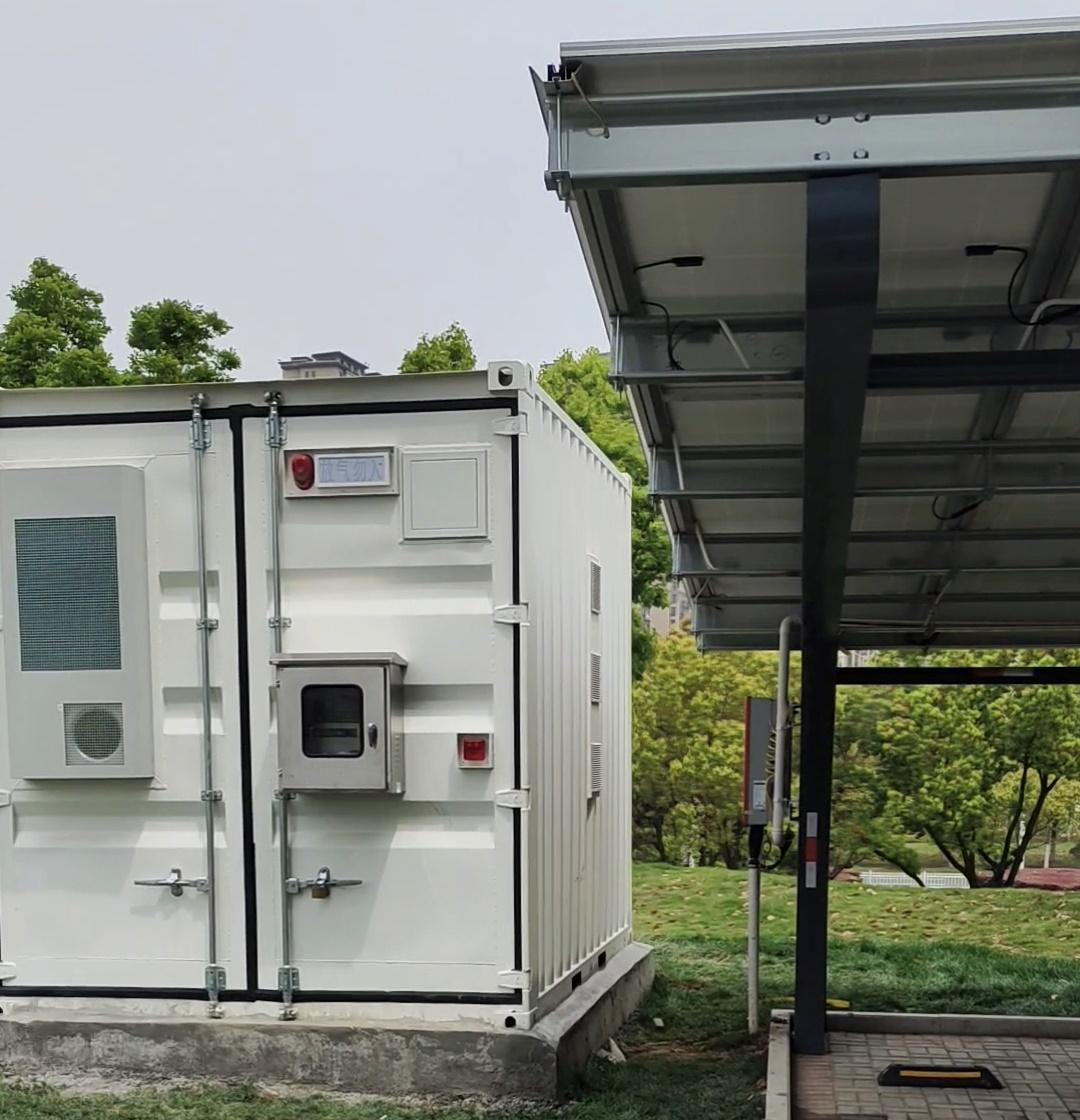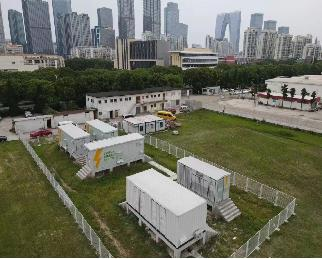Wedoany.com Report-Nov 22, The research group led by Professor Martin Green has published Version 65 of the solar cell efficiency tables. There are 17 new results reported in the new version.
The international research group led by Professor Martin Green from the University of New South Wales (UNSW) in Australia has published Version 65 of the “solar cell efficiency tables” in Progress in Photovoltaics.
The scientists said they have added 17 new results to the new tables since June.
“The first is a further increase in one of the most important entries, the efficiency of a silicon solar cell,” Green told pv magazine. “Following on from the increase to 27.3% reported in Version 64 for a commercially-sized cell made by Longi with both polarity contacts on the cell rear formed using the heterojunction (HJT) approach, this has been increased to 27.4% for a similarly large cell again from Longi again with both contacts on the rear but, in this case using a hybrid approach, with the n-type contact using the TOPCon approach.”
“Another new result was 27.0% for a similar rear-contacted cell from Longi but with both polarity contacts using the TOPCon approach,” he went on to say. “A third new result is 25.9% for the traditional front and back contacted approach for a cell from Trina with the top p-type contact formed using boron diffusion and the rear n-type contact using the TOPCon approach. A final new silicon result was 25.4% for a large 1.8-m2 solar module again from Longi on an aperture area basis.”
The tables also include several new results for lead halide perovskite cells.
“Perhaps the most striking is 26.9% for a large 1.6-m2 module from Oxford PV, again based on aperture area, using a cell combination with a perovskite cell deposited on top of each silicon cell, a tandem cell approach that will likely eventually lead to module efficiency well over 30%,” Green explained. “The notable feature of this result is that it is, for the first time, comfortably above the 25.4% efficiency for a similarly sized module using silicon cells alone, one feature necessary for the commercialization of this approach.”
An efficiency of 17.2% is also reported for a large 0.7-m2 module from Renshine using only perovskite cells, with higher values of 20.6% and 23.2% reported for smaller 215-cm2 and 20-cm2 perovskite “mini-modules” from other groups and 24.8% for a 64-cm2 perovskite/perovskite tandem cell mini-module.
“Other notable perovskite results include new records of 34.6% and 30.1% for 1-cm2 and 212-cm2 perovskite/silicon tandem cells from Longi and 25.1% for a very small perovskite/organic tandem cell,” Green said.
The final group of results is for cells based on chalcogenide (Group VI) compounds, with these providing a possible alternative to perovskites, if the stability of the latter cannot be substantially improved. Small area CdTe cell efficiency has been improved to 23.1% by First Solar, with UNSW Sydney also involved in setting new efficiency limits of 13.2% and 10.7% for small Cu2ZnSnS4 and Sb2(S,Se)3 cells and the Chinese Academy of Science setting a figure of 12% for a Cu2ZnSn(S,Se)4 mini-module.
In Version 64 of the tables, released in June, the researchers added 9 new results. The group has seen major improvements in all cell categories since 1993, when the tables were first published.
The research group includes scientists from the European Commission Joint Research Centre, Germany's Fraunhofer Institute for Solar Energy Systems and the Institute for Solar Energy Research (ISFH), Japan's National Institute of Advanced Industrial Science and Technology, and the US National Renewable Energy Laboratory.
